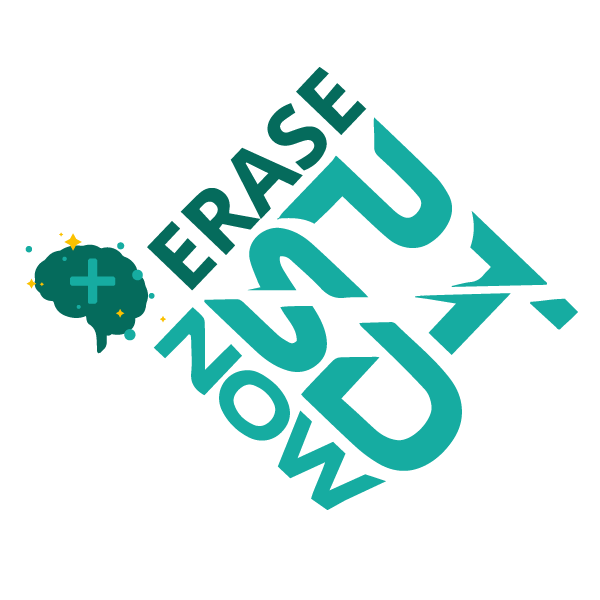Mental Health Champions: How Dr. Eugene Lipov Is Helping Us To Better Understand PTSD
ARTICLE FROM MEDIUM
Penny Bauder
Jan 21, 2021 | 5 min read
I believe the prevailing attitude around mental disease is that people choose to have mental diseases and that they can change it. It is often seen as a mental weakness and thus has gained a negative stigma. This is akin to saying that someone with a broken leg can make a choice to walk on it; it is simply false. Just as an x-ray can show a broken bone or fraction, a functional MRI can show the presence of PTSD.
Asa part of my series about “Mental Health Champions” helping to normalize the focus on mental wellness, I had the pleasure to interview Dr. Eugene Lipov.
Dr. Eugene Lipov is a board-certified anesthesiologist and pain specialist and the first to use the Stellate Ganglion Block (SGB) to treat Post-Traumatic Stress Disorder (PTSD) in veterans, as well as victims of Military Sexual Trauma (MST) and sexual abuse. Dr. Lipov’s innovative SGB is helping veterans find hope and relief within a matter of hours, as opposed to the weeks, months and years many undergo treatment for under traditional methods of care. He is very active in the PTSD community and in addition to serving as Assistant Professor of Surgery at the University of Illinois and the Director of Pain Clinic in Illinois Masonic Hospital, he is also the Chief Science Officer at Erase PTSD Now, a 501(c)(3) organization dedicated to treating PTSD.
Thank you so much for joining us! Can you tell us the “backstory” about what brought you to this specific career path?
Myfather and lived with severe PTSD from WWII. He was a doctor, as was my mother. Ongoing tension in the family eventually led to my mother’s suicide.
At the time I was being trained as a surgeon in the Cook County Hospital’s trauma unit. After my mother’s death, I switched my focus to anesthesia and pain medicine. In the process of practicing pain management, I encountered a patient with severe hot flashes, that my brother, an internist, had tried to treat. He intuited that the hot flashes and complex regional pain syndrome (CRPS) — burning of the hand — would be responsive to the Stellate Ganglion Block (SGB), because the hot flashes result in a general burning sensation. This treatment approach worked well.
My findings were followed up by an uncomplimentary article in the Chicago Tribune, which drove me to further investigate the reason why the SGB was so effective for hot flashes. In the process, I came across an article that led me to predict the effect of SGB on PTSD patients and motivated my 2008 publication.
According to Mental Health America’s report, over 44 million Americans have a mental health condition. Yet there’s still a stigma about mental illness. Can you share a few reasons you think this is so?
I believe the prevailing attitude around mental disease is that people choose to have mental diseases and that they can change it. It is often seen as a mental weakness and thus has gained a negative stigma. This is akin to saying that someone with a broken leg can make a choice to walk on it; it is simply false. Just as an x-ray can show a broken bone or fraction, a functional MRI can show the presence of PTSD.
Stigmas can kill. And that is why I support changing the name from PTSD to PTS. If we can shift the perception to see PTSD as a biological disease, I believe many more people can be saved.
Can you tell our readers about how you are helping to de-stigmatize the focus on mental wellness?
I’ve been working very hard to understand and raise awareness around biological anomalies in the brain, specifically those that can be measured with imaging such as functional MRIs. This makes PTSD — often viewed as an “invisible wound” — a now visible condition. By defining PTSD as a biological phenomenon, it can be treated with a biological method.
Was there a story behind why you decided to launch this initiative?
My family history and own passion, drive and interest in this area.
In your experience, what should a) individuals b) society, and c) the government do to better support people suffering from mental illness?
Individuals should hold onto hope that PTSD is treatable and that they may find rapid response and relief. PTSD can be controlled and patients can go on to live a full life after treatment.
Society must stop shaming people with mental conditions and start seeing them as people with true medical issues that need to be addressed.
The government should provide grants for new research instead of pouring money into dated and ineffective treatments like pharmaceutical drugs. The government should also ensure insurance carriers provide the needed care for people suffering from mental illness.
What are your 6 strategies you use to promote your own wellbeing and mental wellness? Can you please give a story or example for each?
1 — I meditate using EEG biofeedback, with a device like MUSE. This has lead to increased focus and a more peaceful sense of being.
2 — I have changed my diet. I reduced my consumption of processed meats and stopped drinking coffee. I feel much more energized.
3 — I maintain a regular exercise regime. This has improved my sleep and concentration.
4 — I practice self care, including occasional massages to relax.
5 — I have had an SGB performed on me. It really made a difference in my sleep and my availability for my family.
6 — I have undergone counseling with a trauma-informed therapist. This allowed me to change memories of past trauma into less difficult memories.
What are your favorite books, podcasts, or resources that inspire you to be a mental health champion?
The Body Keeps Score, by Bessel Van Der Kolk, MD
The Polyvagal Theory, by Stephen W. Pourges
Thank you so much for these insights! This was so inspiring!

